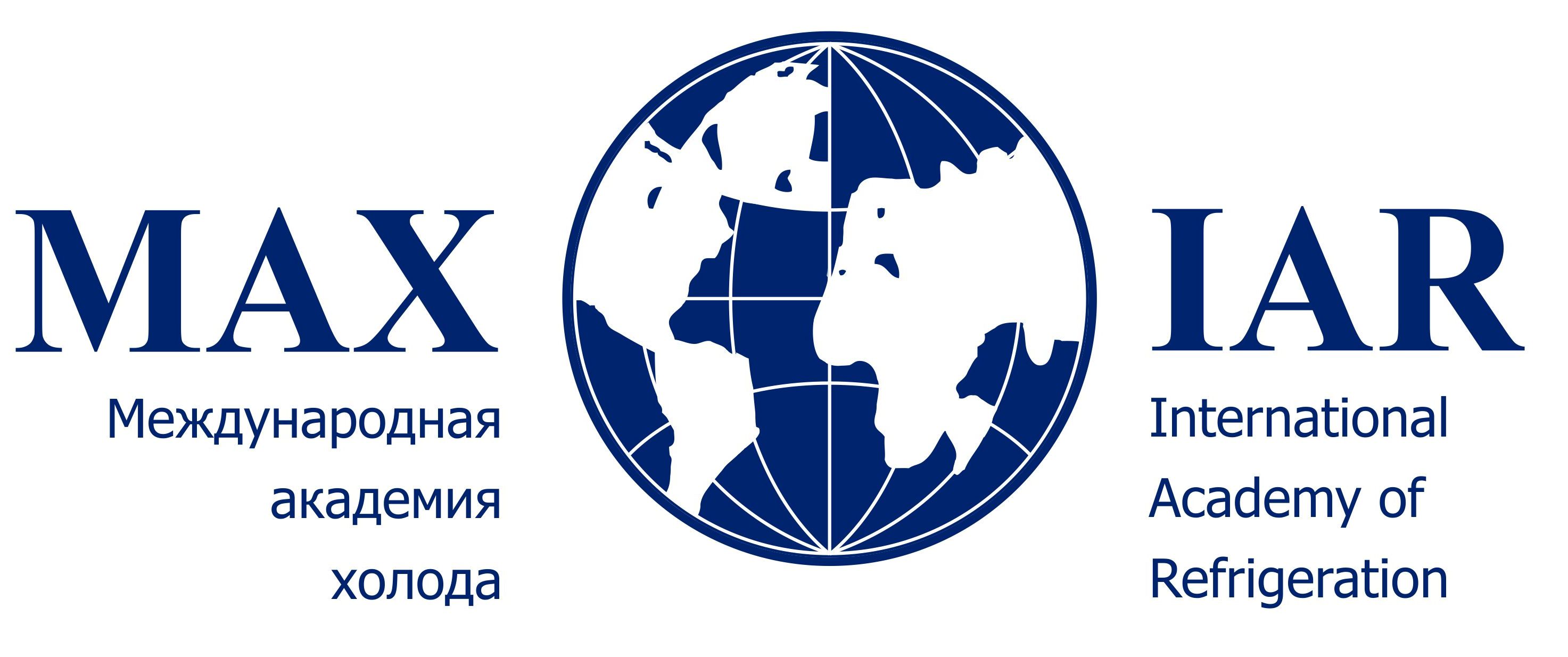Experimental study of low temperature thermoacoustic converter
DOI: 10.17586/1606-4313-2023-22-3-4-12
UDC 621.468
Nekrasova Svetlana O., Sarmin D. V., Sivukha Dmitry V., Shikhalev Vladislav I.
Keywords: thermoacoustic converter, mathematical model, temperature mode, thermoacoustic effect, cryoproduct
UDC 621.468
Experimental study of low temperature thermoacoustic converter
For citation: Nekrasova S.O., Sarmin D.V., Sivukha D.V., Shikhalev V.I. Experimental study of low temperature thermoacoustic converter. Journal of International Academy of Refrigeration. 2023. No 3. p.4-12. DOI: 10.17586/1606-4313-2023-22-3-4-12
Abstract
Thermoacoustic converter (TAC) is a promising device for power generation for use in energy cycles based on low-potential heat, because TAC has a reliable design, simple adjustment for operating temperatures, and external heat supply. The paper analyses the design of a low-temperature atmospheric thermoacoustic transducer based on a self-supported process of oscillating gas motion in a closed loop. Experimental measurements for parameters of the low-temperature thermoacoustic converter in cryogenic liquid supply mode to create a temperature gradient on the regenerator are carried out. Comparison of the parameters for the low-temperature converter operation mode with the characteristics in the "heater - cold heat exchanger" temperature gradient mode was carried out according to the operating frequency, the temperature difference of the starting mode, and the cycle work produced. Experimental results prove efficient performance of the low-temperature thermo-acoustic transducer; the temperature difference corresponding to the starting mode was 100...120 оC, which is 40% lower than in the high-temperature operation mode. The increase in thermal efficiency in the modes with cryogenic liquid supply was 8...10%. The experimental results are in agreement with the numerical simulation based on the equations of linear thermoacoustics.
Abstract
Thermoacoustic converter (TAC) is a promising device for power generation for use in energy cycles based on low-potential heat, because TAC has a reliable design, simple adjustment for operating temperatures, and external heat supply. The paper analyses the design of a low-temperature atmospheric thermoacoustic transducer based on a self-supported process of oscillating gas motion in a closed loop. Experimental measurements for parameters of the low-temperature thermoacoustic converter in cryogenic liquid supply mode to create a temperature gradient on the regenerator are carried out. Comparison of the parameters for the low-temperature converter operation mode with the characteristics in the "heater - cold heat exchanger" temperature gradient mode was carried out according to the operating frequency, the temperature difference of the starting mode, and the cycle work produced. Experimental results prove efficient performance of the low-temperature thermo-acoustic transducer; the temperature difference corresponding to the starting mode was 100...120 оC, which is 40% lower than in the high-temperature operation mode. The increase in thermal efficiency in the modes with cryogenic liquid supply was 8...10%. The experimental results are in agreement with the numerical simulation based on the equations of linear thermoacoustics.
Keywords: thermoacoustic converter, mathematical model, temperature mode, thermoacoustic effect, cryoproduct












